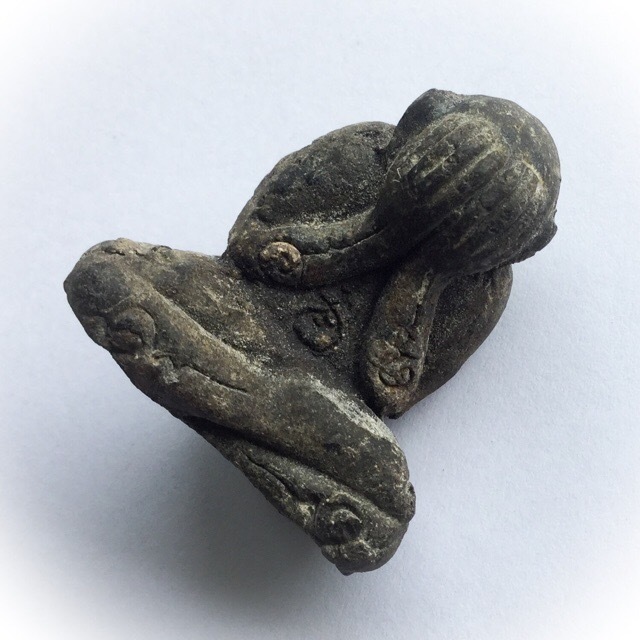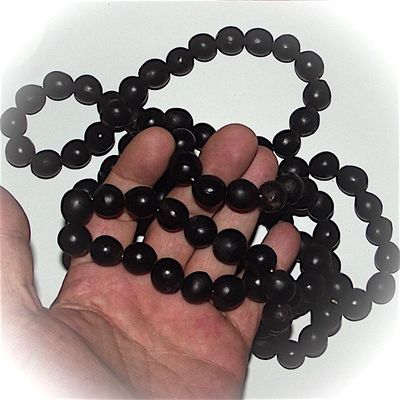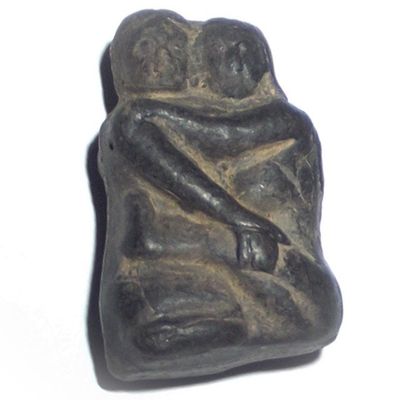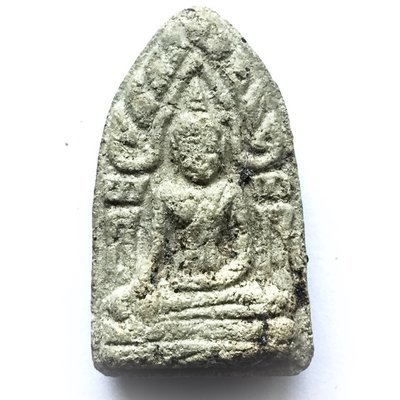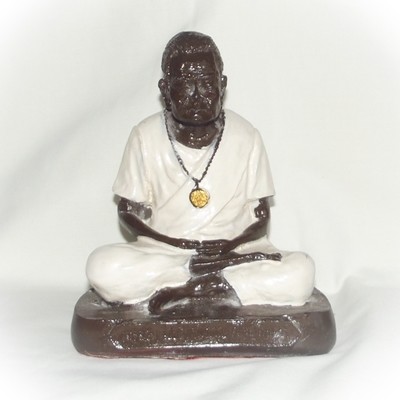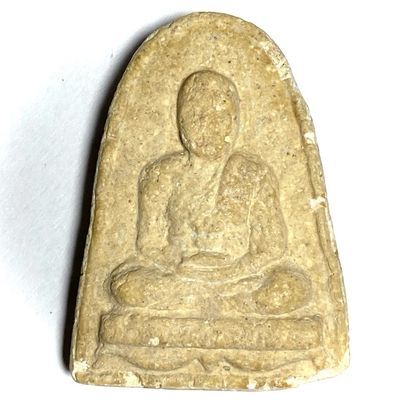

Thailand Amulets
Thai Buddhist and Magical amulets for Wealth, Health, Love and Happiness.
Vast Selection of Amulets
We have a vast selection of over 4000 different kinds of Sacred Amulets and Bucha Items, including Buddha Image, Loi Ongk statuettes, Buddhist Monk Coin Amulets, Takrut Charms, Nam Man Prai Oils, Mai Kroo Wands, Mitmor Ritual Knife, Lek Lai Kaya Siddhi Elemental Substance, Kumarn Tong, Gambling Amulets, Mae Nang Prai, Muan Sarn Sacred Powder Amulets, Palad Khik, Animist Charms, Necromantic Amulets, Buddhist, Animist, Brahman and Necromantic Amulets.
Pra Pid Ta Khao Or - Nuea Pong Bailan Pasom Din Kakyayaks - 3 Takrut Spell Inserts - Por Tan Hong - Wat Khao Or
Sacred Pra Pid Ta Buddha Entering Nirodha Amulet in Black Bailan Sacred Parchment Powders with Din Kakyayaks sacred Peat Marsh Earth from the Sacred Swamp of Luang Phu Tuad. This classic continuation of the Dtamra legend of the Pra Pid Ta Khao Or, whose ancient history is beladen with legendary tales of the miraculous Pra Pid Ta Khao or Amulet.
Blessed by the master of Wat Khao or Temple himself, Luang Phu Hong, the Current Abbot, along with a selection of the Top Khao Or Master Monks of the Locality. All monks were Master Sorcerors of the Dtamnak Dtak Sila Khao Or Southern Academy of Sorcery, and are Master Gaeki Ajarn Guru Monks in their own right, with massive followings around South-East Asia.
The Pra Pid Ta Khao Or Amulet has a long and enduring history and tradition, dating back ovcer 1,000 years to the beginnings of Buddhism in Thailand, when the Sri Langkan Buddhists travelled across the Andaman Sea, and brought the Advent of Buddhism to Thailand during the Srivichai Kingdom Era.
The amulets were made at the temple of Wat Khao or, and blessed in Putta Pisek Ceremony by Luang Phu Hong and the Khao Or Masters of the Region, according to the Ancient Dtamra which has been passed down from Guru Adept to Apprentice, who then becomes the next Guru Adept, and passes down the Wicha to the next Apprentice, for over a thousand years. Using Sacred Burned Bailan Parchment Grimoire powders, mixed with the Sacred Peat of the Holy Swam of Luang Phu Tuad in Yala.
Three Takrut spells are inserted within the base of the amulet, which features a Monk Image covering his eyes, blocking out all the senses, which are the source of sensual desires arising, and extinguishing the stress and excitement of Samsaric Existence, Entering into 'Nirodha' the state of Non Suffering. Another name for the Pra Pid Ta is 'Pra Jao Ham Tugkh', which means 'The Lord Forbidding Suffering'. Also known as 'Pra Pakawambodee', or 'Pra Kawambodee'.
Rear face of Pra Pid Ta is covered with sacred Yant Normo Khao Or Spells embossed on the surface of the amulet. The amulets have been stored in Kru Hiding-Place Burial Chamber, within a Sacred Enclave of the Temple along with all the other Pra Kru amulets, which some are kept for later generations, and some are distributed after a year or two of burial to receive prayers from the monks who pray within the shrine.
The hiding place method of charging amulets up with Buddhakun Power, results in sacred powder amulets developing mildew and discolorations, and changes in the textures and appearance of the surface of the amulet. This is considered a viable measure of Sacred Power arising within the amulet, to see it emit an aura and sheen through releasing the Sacred Muan Sarn Sarn through the porous surface. This is seen to increase the beauty and value of the amulet, as well as being seen as a sign of the presence of Sacred Empowerment.
Use the Maha Namasakara (Namo Dtassa x 3), and Kata Aaaratana Pra Krueang to Bucha and beseech wish fulfilment from the Pra Pid Ta Buddha.
Namo Dtassa Pakawadto Arahadto Sammaa Samputtassa
Namo Dtassa Pakawadto Arahadto Sammaa Samputtassa
Namo Dtassa Pakawadto Arahadto Sammaa Samputtassa
The Maha Namasakara can then be followed by the Kata Aaraatanaa Pra Krueang, to make wishes. You can practice the Kata Aaraatanaa Pra Krueang using the tutorial in the below youtube video.
Kata Aaraatanaa Pra Krueang
Puttang Aaraatanaanang, Tammang Aaraatanaanang, Sangkang Aaraatanaanang
(Pray for your wishes)
Puttang Bprasittimae, Tammang Bprasittimae, Sangkang Bprasittimae
Pra Kata Pakawambodii (Pra Pid Ta)
(Kata Pra Pid Dta – Buddha covering Eyes/orifices), is one of the most powerful Kata to Chant for increasing Riches as well as protection, reducing sufferings and illnesses and incrementing Happiness and Luck. Pra Pakawambodii is also known as Sangajjayana (the famous sitting laughing Buddha with round curly hair knots, and a large belly – the Buddha of Happiness and wealth), called ‘Pra Sangkajai in Thai).
Kata Pra Pakawambodii
Tamma Jaggang Bpatang Sudt Dtawaa Puch Chidt Dtawaa Adt Dtang Bpatang Sandtigae Arahaa Laapo Logaanang Hidtagaranaa Pandtae Pawam Bpadtinaama Dtisulokae Subpaagadto Prahma Budt Dto Mahaa Thaero Araho Chaedtago Muni Bpidt Dti Thaero Samo Inta Kantappaa Asuraa Taewaa Saggo Prahmaa Pi Bpuchidto Na Mo Put Tas Sa Kawam Bpadtissa Na Mo Tammassa Kawam Bpadtissa Na Mo Sangkassa Kawam Bpadtissa Sukhaa Sukha Warang Tammang Tammajagga Bpawarang Warang
The Kata for Pra Pid Ta are varied, both short and long. One of the best known ones is the Kata Pra Jao Ha Praongk (five Dhyani Buddhas) as well as the fivefold encoding of Namoputtaya of Na Metta
“Na Metta Mo Karunaa Put Pranee Taa Yin Dee Ya En Doo – Krai Hen Hnaa Goo Rak Goo Khard Goo Midai“
The above Kata is Maha Saneh Choke Laap – luck and fortune, and charming power. Pra Pid Ta is also known as Pra Kawambadee
Kata Pra Kawambadee
(This kata is for increasing ones wealth and belongings and good fortune);
Namo Puttassa Kawambadtissa Namo Tammassa Kawambadtissa Namo Sangkassa Kawambadtissa Sukha Sukha Warang Na Mo Puttaaya Ma A U Tugkhang Anijjang Anatta Jewa
Another Kata you can use for Pra Pid Ta is;
Na Erd Ad Bad Mit Na Bid Jit Bad Satroo Na Ning Yoo New Mew Pew Tew Mo Erd Ad Bad Mit Mo Bpid Jit Bad Satroo Mo Ning Yoo New Mew Pew Tew Put Erd Ad Bad Mit Put Bid Jit Bad Satroo Put Ning Yoo New Mew Pew Tew Taa Erd Ad Bad Mit Taa Bid Jit Bad Satroo Taa Ning Yoo New Mew Pew Tew Ya Erd Ad Bad Mit Ya Bid Jit Bad Satroo Ya Ning Yoo New Mew Pew Tew Na Ma Pa Ta Na – Mo Put Taa Ya – Ja Pa Ga Sa – Na Ma A U U A Ma I-Swaasu Suswaa-I
You can change the words “bid jit” for “bid bpaag” – bid jit means to close the mind of (the enemy) used for stopping them from harming you – bid bpaag means to close the mouth – used in for example, a court case where the enemy is bearing witness against you or speaking against you) – You can change the words “bad satroo” (meaning “swipe the enemy down”, to “haam satroo” (meaning “forbid the enemy”) depending on your needs.
Por Tan Hong is the current Abbot of Wat Khao Or, and the Head Adept of one of the Various Eminent Great Khao Or Sorcery Lineages. The lineage continues the Wicha from the founder of the Dtamnak Dtak Sila Khao Or Southern Academy of Sorcery Pra Ajarn Tong Tao and Ajarn Chum Chai Kiree of the Dtamnak Dtak Sila Khao Or Southern Academy of Sorcery.

Above; Por Tan Hong, Abbot of Wat Khao Or, in Pattalung.
The Khao or school was home to the Founder of the Jatukam Ramathep Wicha, Laymaster Kroo Khun Pantagij Rachadej. Other Masters of the Lineage continuation were; Pra Ajarn Iad, Luang Por Kong (Wat Ban Suan), Pra Ajarn Nam (Wat Don Sala), Pra Ajarn Pan (Wat Khao Or). Por Tan Hong is along with Luang Por Prohm (Wat Ban Suan), one of the Leading Ordained Monks of the Khao Or Living Masters Lineage.
Below; Por Tan Hong Blesses a Devotee at the Mountain Cave Shrine at Khao Or.


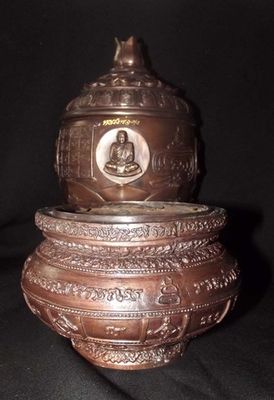


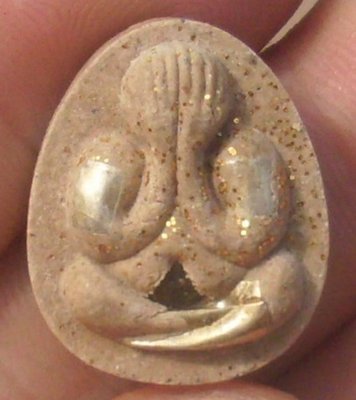
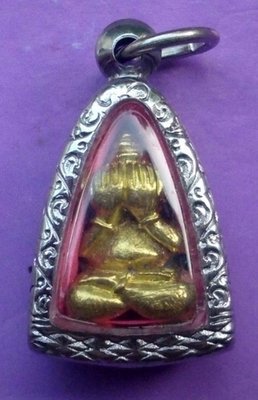
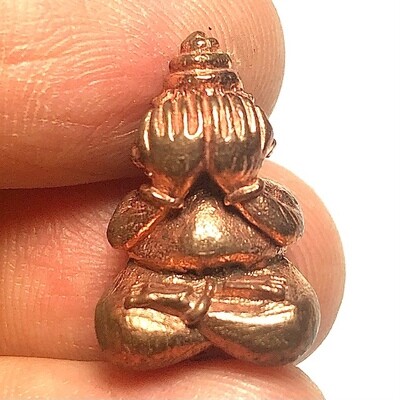
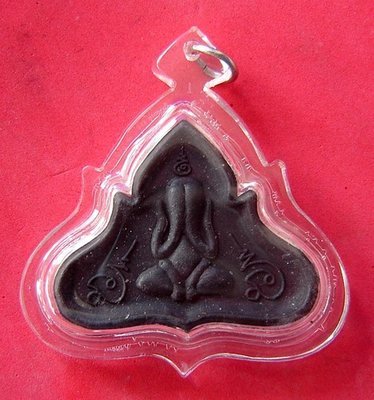
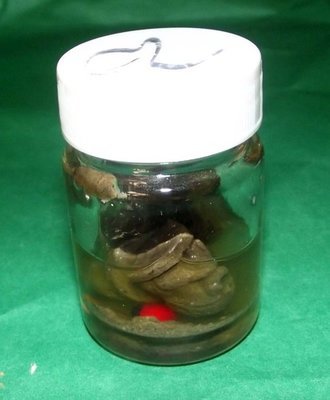

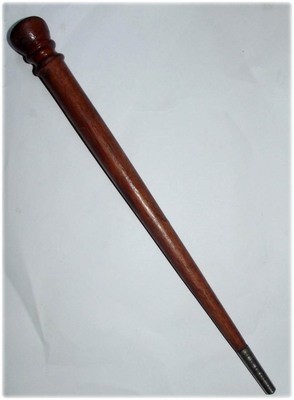
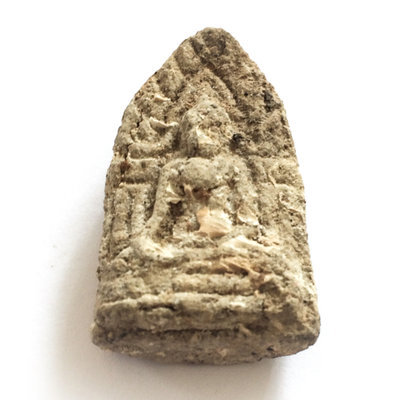

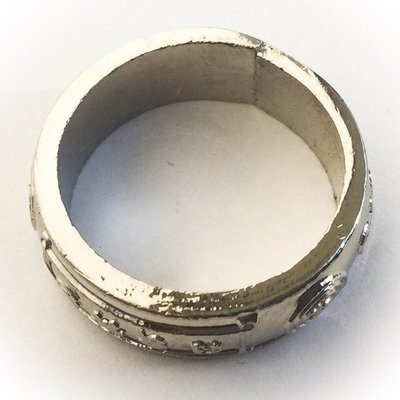

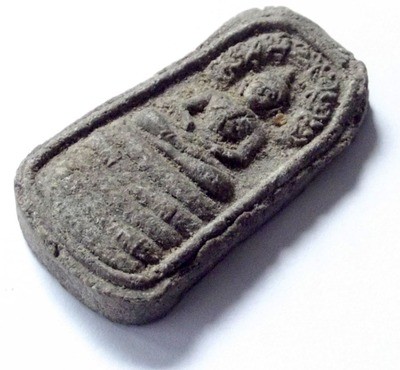
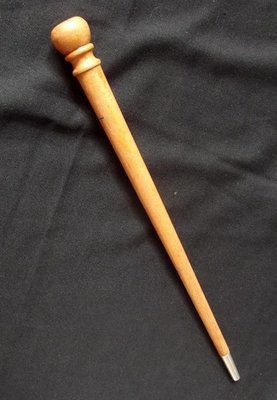
Contact Us
Follow Us on Youtube
About Us
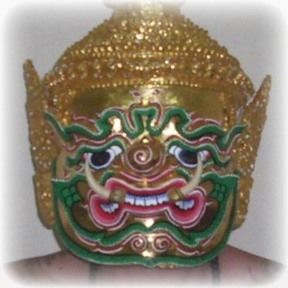
Ajarn Spencer
Proprietor
Thailand Amulets is owned and Administrated by Thai Occult and Amulet expert, Ajarn Spencer Littlewood who guarantees only authentic blessed amulets, and a free gift with every order, as well as his safe delivery or money back guarantee. https://facebook.com/ajarnspencer
